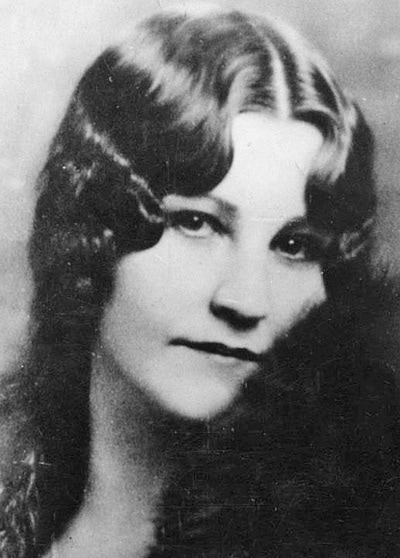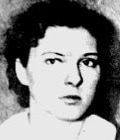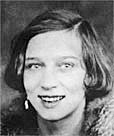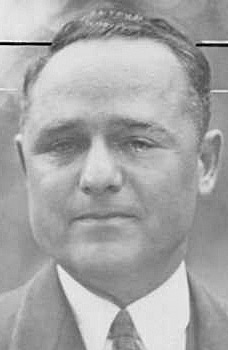There's always a femme fatale
The women: Mary Longnaker, Evelyn “Billie” Frechette and Rita "Polly" Hamilton, Dillinger’s girlfriends; Helen Gillis, “Baby Face" Nelson’s wife; Marie “Mickey” Comforti, Homer Van Meter’s girlfriend; Mary O’Dare (referred to as "The Washerwoman" by gang members), Raymond Hamilton’s girlfriend; Connie Morris and Delores Delaney, Alvin Karpis’ girlfriends; Grace Goldstein, Fred Hunter’s girlfriend; Wynona “Nonie” Burdette, Harry Campbell’s girlfriend; Gertude Campbell, Harry Campbell’s wife; Grace Perkins, Jack Perkins’ wife; Edna “Rabbit” Murray, Volney Davis’s girlfriend; Doris Stanley (Edna Murray’s sister), Jess Doyle’s girlfriend; Mary Kinder, Harry Pierpont’s girlfriend; Opal Long, Russell Clark’s girlfriend (a heavyset woman, she was secretly referred to as “mack truck” by gang members because of her large backside); Pat Cherrington (sister of Opal Long), John Hamiton’s girlfriend; Jean Crompton (sister of Delores Delaney), girlfriend of Tommy Carroll; Sally Backman, John Paul Chase’s girlfriend; sisters Rose and Beulah (also known as Juanita) Baird, girlfriends of Richetti and Floyd respectively; Bonnie Parker, Clyde Barrow’s lover; and Blanche Barrow, “Buck” Barrow’s wife.
Insider information: Parker and Barrow secretly referred to O'Dare as "The Washerwoman." Parker and O'Dare disliked each other and fought regularly.
Blanche said years later she and Bonnie got on well, but weren’t necessarily "best friends."
"Her whole life was Clyde. That's all that mattered to her," Blanche once said.
Nelson hated Backman from the start and even confided to gang member Jack Perkins that he was planning to kill her. He didn’t. Nelson's wife wasn't fond of her either. Backman was most noted for never helping Helen with the shopping, cooking or cleaning when the gang was on the move and living together.
All the women in the Dillinger gangs seem to have gotten along. At least there was no public animosity or major friction among them. Kinder seemed to have "adopted" the first gang and did most of the cooking and cleaning for them. Long was noted for having "a big heart" and being helpful and generous to others.
From left, Blanche Barrow, Bonnie Parker, Mary O'Dare (Barrow Gang), and Kathryn Kelly (Kelly Gang).
From left, Beulah (also known as Jauninta) Baird, and her sister Rose Baird (Floyd Gang), Sally Backman and Helen Gillis (Nelson Gang).
Dolores Delaney, Grace Goldsten and Connie Morris (Barker-Karpis Gang).
Doris Stanley, Edna Murray, Wynona Burdette and Gertude Campbell (Barker-Karpis Gang).
Jeanne Crompton, Viola Carroll and Mary "Mickey" Conforti (Dillinger Gang).
Opal Long, Mary Kinder and Pat Cherrington (Dillinger Gang).
Mary Longnaker, Evelyn "Billie" Frechette and Rita "Polly" Hamilton (Dillinger Gang).
Someone has to be in charge
The “Bosses”: Every “open” town was run by syndicate men, or those at least connected to the syndicate. In St. Paul, one of the wildest cities, it was Harry Sawyer, Jack Peiffer and Leon Gleckman. Nothing happened in that city without their knowledge and blessing. And no gang can operate with without “cooperation” from police. In St. Paul, it was Police Chief Tom Brown. He worked with many criminals but is most noted for his association with the Barker-Karpis Gang. He protected them and profited from their crimes. When the gang kidnapped William Hamm, he, as police chief, served as the liaison between the FBI and local police. He gave the gang regular updates on investigation developments. It's said that he received a full quarter of the $200,000 ransom money.
Tom Brown, left, Leon Gleckman, Harry Sawyer and Jack Piefer.




























